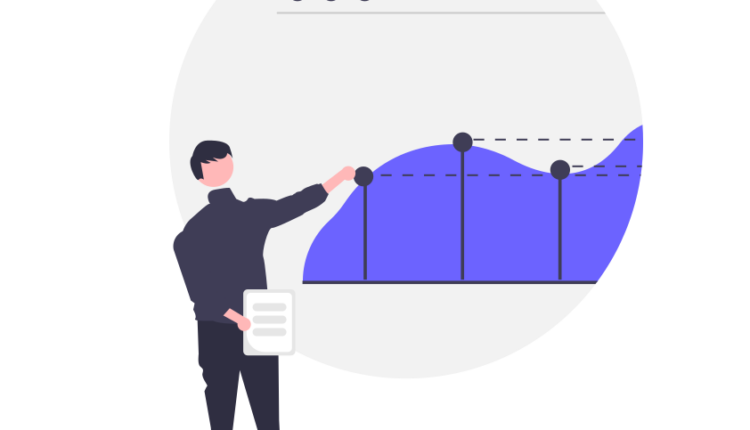Revenue per mille (RPM) and cost per mille (CPM) are two important metrics for digital publishers. RPM measures how much revenue a publisher generates from every 1,000 ad impressions, while CPM measures how much an advertiser pays for every 1,000 ad impressions.
What is RPM?
RPM is calculated by dividing a publisher’s total ad revenue by the total number of ad impressions served. For example, if a publisher earns $1,000 from 100,000 ad impressions, their RPM would be $10.RPM is a good metric for publishers to track because it gives them a sense of how much revenue they are generating from their ad inventory. Publishers can use RPM to compare the performance of different ad networks and ad placements.
What is CPM?
CPM is calculated by dividing the total cost of an ad campaign by the total number of ad impressions served. For example, if an advertiser pays $1,000 for 100,000 ad impressions, the CPM would be $10.CPM is a good metric for advertisers to track because it gives them a sense of how much they are paying for each ad impression. Advertisers can use CPM to compare the cost of different ad networks and ad placements.
How RPM and CPM Differ
RPM and CPM differ in two key ways:
• Perspective: RPM is measured from the publisher’s perspective, while CPM is measured from the advertiser’s perspective.
• Revenue vs. cost: RPM measures how much revenue a publisher generates from every 1,000 ad impressions, while CPM measures how much an advertiser pays for every 1,000 ad impressions.
How to Use RPM and CPM to Improve Your Advertising Revenue
Publishers can use RPM and CPM to improve their advertising revenue in a number of ways:
• Choose the right ad network: Publishers should choose ad networks that offer high CPMs and RPMs. Publishers can compare the CPMs and RPMs of different ad networks using a variety of tools and resources.
• Negotiate better deals with advertisers: Publishers can use RPM and CPM data to negotiate better deals with advertisers. For example, if a publisher knows that their CPM for a particular ad placement is $10, they can negotiate a higher CPM with an advertiser.
• Optimize your ad campaigns: Publishers can use RPM and CPM data to optimize their ad campaigns. For example, if a publisher sees that a particular ad placement has a low RPM, they can try moving the ad placement to a different part of the page or using a different ad format.
RPM and CPM are two important metrics for digital publishers. Publishers can use RPM and CPM to improve their advertising revenue by choosing the right ad network, negotiating better deals with advertisers, and optimizing their ad campaigns.


